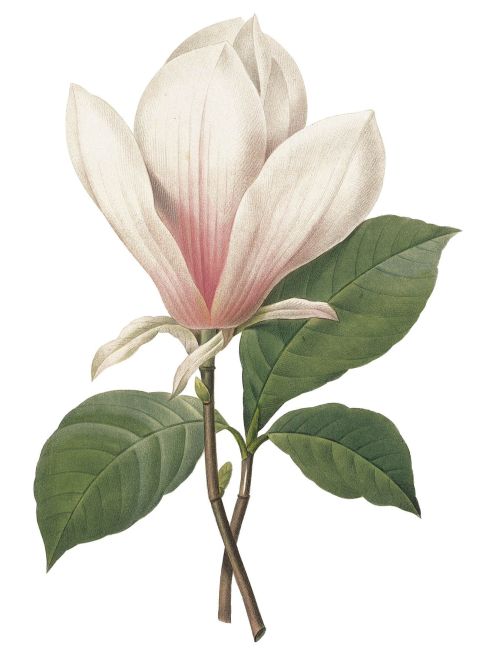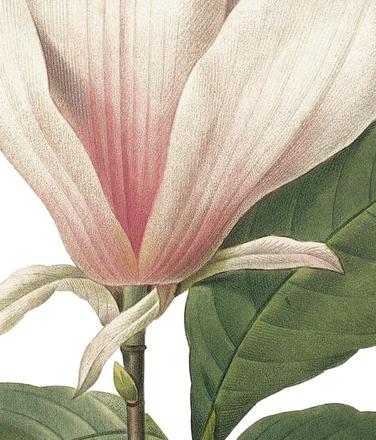Men of fashion began to wear short and more natural hair at the end of the 18th century, sporting cropped curls and long sideburns in a classical manner much like Grecian warriors and Roman senators. Before this period, a balding Louis XIII had made powdered wigs popular at the French court and consequently throughout Europe. The often elaborate and expensive gray wigs lent an air of wisdom and authority to their wearers.
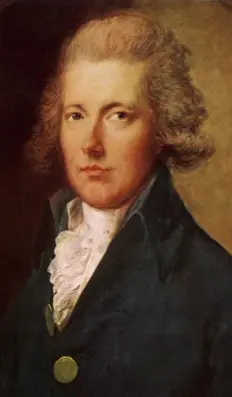
William Pitt the Younger – Attributed to Thomas Gainsborough (c. 1804)
Prime Minister 1783 – 1801; Chancellor of the Exchequer 1804 – 1806
A scarcity of flour in 1795, combined with William Pitt’s attempt to raise revenue through a hair powder tax, brought the fashion for wigs and powder to a screeching halt. Men protested and a new more natural hair style became fashionable.
The Bedford Crop was a style of hair favored by the Duke of Bedford, who, in protest to the tax, abandoned his wigs in favor of a short cropped and unpowdered hairstyle. He challenged his friends to do the same. His natural looking crop was parted on the side with a dab of hair wax.( Wikipedia)
Pitt eventually reduced this unpopular tax on hair powder, which never quite generated the revenue he predicted, but by then it was too late. Gentlemen had discovered the comforts of going au naturel, and by 1812, few men still wore wigs. There were some holdovers – older men, military officers, and those in conservative professions such as lawyers, judges, physicians, and some servants for the very rich (footmen and coachmen) retained their wigs and powder. Formal court dress also still required powdered hair.

Beau Brummel’s Brutus hair style in 1805. Notice how it is brushed forward and volumized on top of his head.
By and large men took their cue from classical Greek and Roman art. The romantic movement also influenced a natural, unpretentious aesthetic. A dry disordered look that used very few artificial products began to rule. Beau Brummel’s influence cannot be discounted. His own grooming included shorter hair and a clean-shaven face. Every morning he examined his face in a dentist mirror and plucked any remaining stray hairs with tweezers. By 1813, almost all Regency men sported both long or short sideburns; they rarely wore mustaches or beards.
In Pride and Prejudice 1995, Colin Firth as Mr. Darcy wore his hair somewhat longer than the Bedford Crop and affected a slightly unruly hairdo, probably known as the Brutus. (I confess I never liked Firth’s hairstyle for Mr. Darcy.)
Upon seeing the following images, I can now see why the film’s hair stylist settled on this slightly wild do for Mr. Darcy, which seems to be a compromise between a severe clipped hair style and the stylish “frightened owl” hairdo below.

Young man by an unknown artist, c. 1800, from the book The Tie. Image @Jessamyn’s Regency Costume Companion
The “frightened owl” hairstyle was achieved through infrequent hair washing (as infrequently as every few months) and the use of hair wax, which helped to create the wild and unruly volume.
Popular styles in the late 18th century were the Caesar, Titus, and Brutus. The Coup au Vent was short at the back and worn long over the eyes at the front.

Caesar cut. You can almost see the laurel leaves on his head with this brushed forward Caesar cut. Portrait of an unnamed man, ca. 1810-20
The Cherubin, like the Bedford Crop, sported short curls all over (the Caesar was clipped even closer.)

Bernier by Ingres, 1800. You can see the all over cropped unruly look. The sideburns in all these images are long, but the men are clean shaven.
The Classically influenced Titus was cropped short everywhere but at the front with curls combed forward onto the forehead to resemble the Roman Emperor Titus.

Balding men benefited from the close cropped, forward brushed styles. c.1815. Louis Francois Aubry. Monsieur Rivio Baritone in Paris Opera. Image courtesy of A Private Portrait Miniature Collection. (Update:) Mr. Phillips, who oversees the blog, lists the date of the portrait as 1840.
The more severe Brutus was even more clopped than the Titus. One of the most popular hair styles of the day, though, was the Brutus, a disheveled style that Beau Brummell and his followers wore.

John Opie’s 1802 portrait of Edmund Lenthal Swifte shows a few artfully arranged locks over the forehead.
These hairstyles took a great deal of time and patience to achieve. Men used an oil or pomade made of bear fat to achieve a natural “tamed” wildness. (Scented pomades were called Pomade de Nerole and Pomade de Graffa.) Since hair was rarely washed, night caps were worn to prevent soiling pillows and doilies protected the backs of chairs.

The height on top with the artfully arranged curls take precedence in this hairstyle. Friedrich Wilhelm Schelling, 1801.
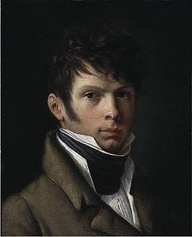
Arnauld de Beaufort ca 1818 (by Pierre Paul pPrud’hon). His hair is noticeably brushed forward, lending his features a saturnine look.

Regency hairstyles gave men a natural, romanticized look. (Portrait of an Artist by Unknown Artist) is part of the collection of the Michele and Donald D’Amour Museum of Fine Arts, Springfield, Massachusetts.
Additional Information:
- A panoply of hairstyles sported by gentlemen
- Style Gallery Wikipedia
- Encyclopedia of Hair: A Cultural History By Victoria Sherrow, p 322-323
- Pomade Pot, Metropolitan Museum of Art
- French Fashions 1700-17890
Please note: All green links in this post are WordPress Ads.
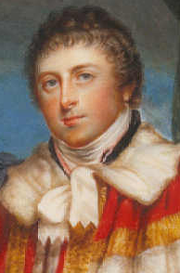
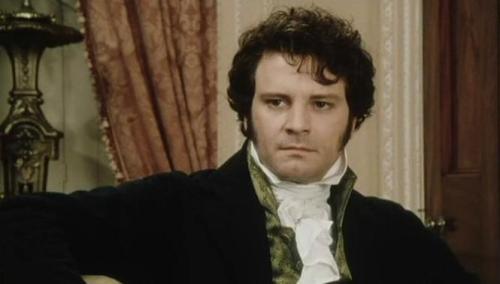
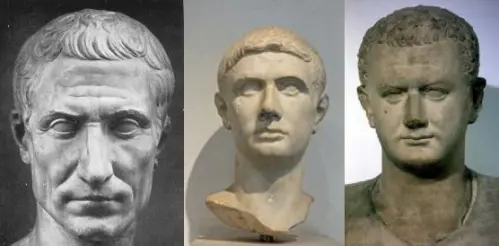
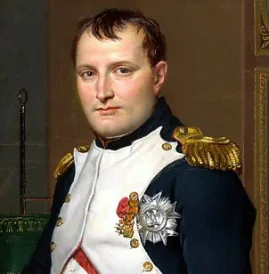


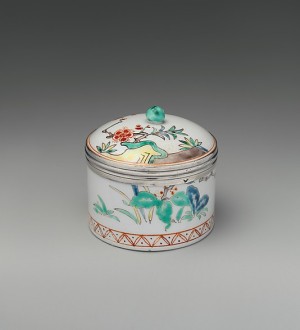
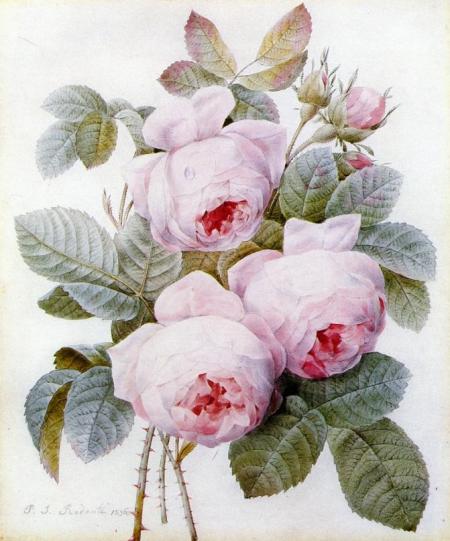
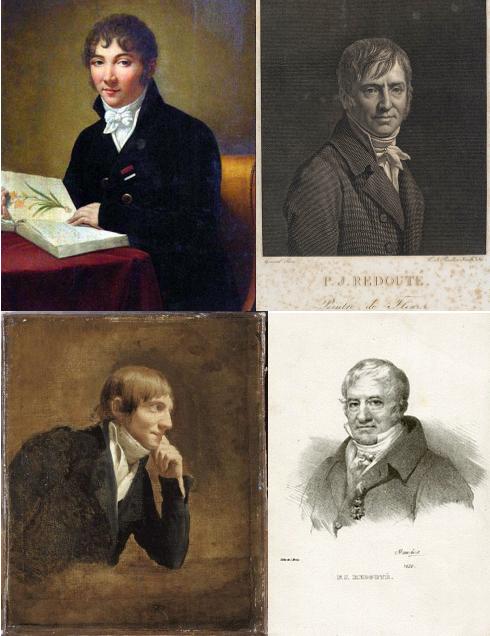
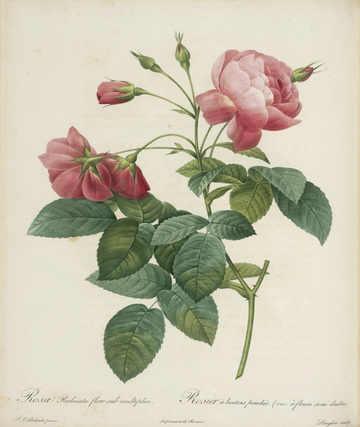 Josephine, wife of Napoleon Bonaparte, was known for her spectacular garden at Chateau de Malmaison, where exotic plants were cultivated. The plants, acquired from around the world, were documented by France’s leading horticulturists and botanists, and painted by Pierre-Joseph Redouté.
Josephine, wife of Napoleon Bonaparte, was known for her spectacular garden at Chateau de Malmaison, where exotic plants were cultivated. The plants, acquired from around the world, were documented by France’s leading horticulturists and botanists, and painted by Pierre-Joseph Redouté.